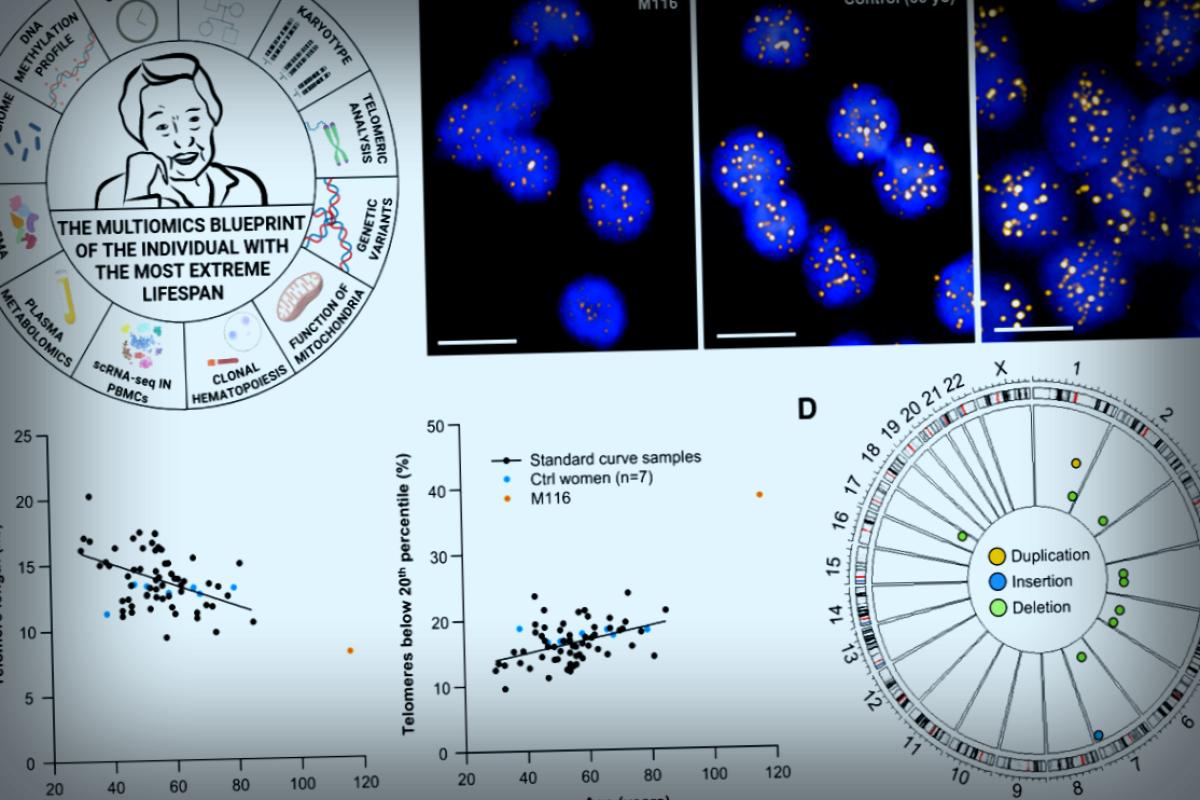Have you ever wondered what enables some people to defy the odds and live to a staggering 110 years or more? It turns out that there might be biological factors at play for these astonishing individuals, often referred to as supercentenarians. A recent and thorough investigation focused on Maria Branyas, who held the title of the world’s oldest confirmed living person when she passed away in August 2024.
Stay updated on the latest science and tech news by subscribing to our newsletter!
The study, detailed in a recent article in the journal Cell Reports Medicine, utilized a method known as multiomics analysis to explore various systems within Maria’s body. This included examining her DNA, blood, saliva, stool, and gut bacteria in comparison to those of older individuals and other supercentenarians.
Interestingly, one of the key insights from the research was that reaching extreme ages does not necessarily imply living in poor health. Researchers noted, “Our findings illustrate how aging and disease can, under certain conditions, become decoupled, challenging the common perception that they are inextricably linked.” Despite indications of aging like shortened telomeres and a specific population of B lymphocytes showing wear, Maria had no significant age-related diseases. Remarkably, she possessed rare genetic variants that shielded her from common issues such as heart disease and cancer. Additionally, her blood revealed low levels of inflammatory markers, suggesting her body wasn’t grappling with ongoing low-level inflammation, which is often linked to age-health problems.

Another fascinating discovery was in the makeup of her gut bacteria, which mirrored those typical of much younger individuals. This was evidenced by the presence of Bifidobacterium, a crucial player in digestive health that tends to diminish with age. As if that wasn’t astonishing enough, when scientists evaluated her biological age through chemical markers on her DNA, they found her to be decades younger than her chronological age—implying that her body was aging at a slower pace than expected.
What’s Next for Us?
Although this study centered on an extraordinary individual and cannot be easily generalized, the findings hint that aging doesn’t have to equate to declining health. These insights could pave the way for new treatments aimed at specific genes and metabolic pathways, potentially contributing to lifestyle and dietary modifications that help stave off age-related decline.
This piece was crafted by our contributor Paul Arnold, edited by Gaby Clark, with fact-checking and review by Robert Egan. We cherish independent science journalism and depend on our readers to keep it thriving. If you value our efforts, please consider a donation, especially on a monthly basis.
Further Reading: The Multiomics Blueprint of the Individual with the Most Extreme Lifespan, Cell Reports Medicine (2025). View the full article here: DOI: 10.1016/j.xcrm.2025.102368.
© 2025 Science X Network
This story originated on Phys.org.





















